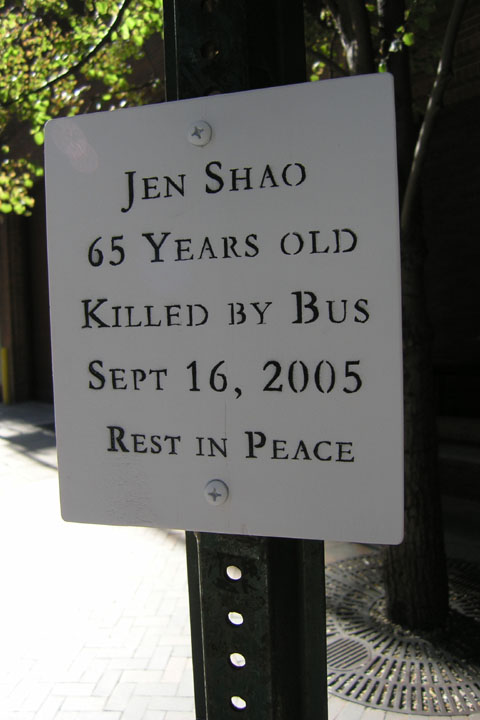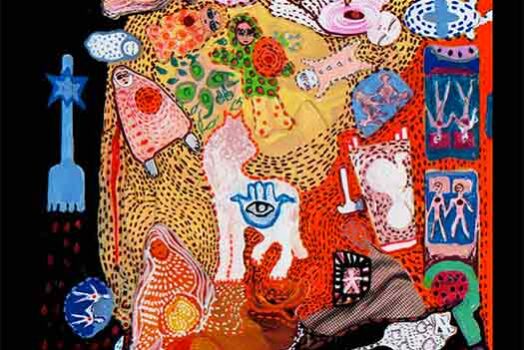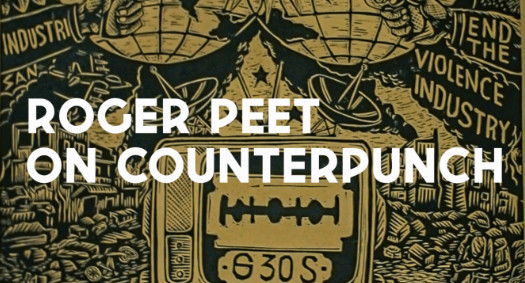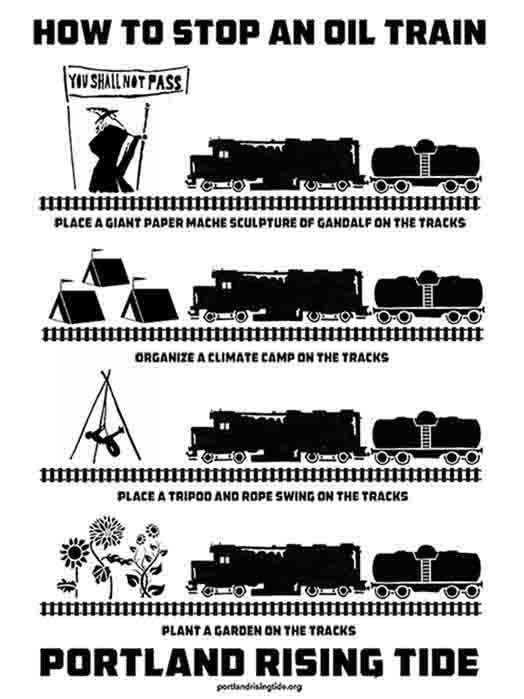The ghost bike we created this weekend for Jen Shao, a 65-year old grandmother killed last Friday morning by a hit-and-run bus has been removed. A few of us went on Time’s Up‘s memorial ride in memory of Ms. Shao tonight. We rode in silence from Houston St. down to Water & Governeur, where we had installed a white bike and a memorial plaque (pictured at right) Sunday afternoon. The installation was gone — the chain had been cut from the pole and the bike removed. The bolts that held the plaque were still there, but the wood plaque itself was gone, probably removed with a saw or a sledgehammer; either way, a shamefully violent thing to do to a memorial.
We assume that the memorial was removed by the property owners of the adjacent building. Placed in the middle of Water St., a lonely cavern of corporate office buildings, almost completely empty of people after the workday’s over, I only imagine that the ghost bike was an unwelcome reminder of human life and death — an intrusion on the cold order of a block dedicated to money, not people. Compare this to what happened with Andrew Morgan’s ghost bike after it was damaged by a cab: the bike was taken in by a nearby bar and kept there until it could be re-installed. That’s the difference between a neighborhood where people live, socialize and give themselves space to relax, think, and care about their neighbors and human life in general, and a neighborhood where massive property owners obsessed only with order and cleanliness and a constituency of employees with no input or real interaction with the street life that surrounds them. To people like Bloomberg and Bruce Smolka, the latter is a vision of utopia. To me, it’s the end of any kind of meaningful city, or citizenship.
We will replace Jen Shao’s ghost bike. The memorials are a struggle against forgetting.
Jen Shao’s ghost bike memorial removed
September 22, 2005








